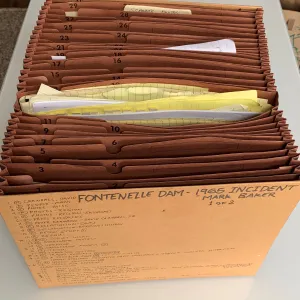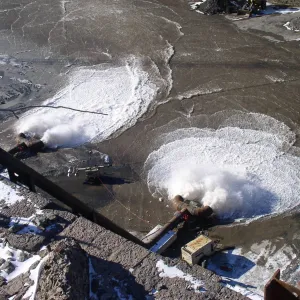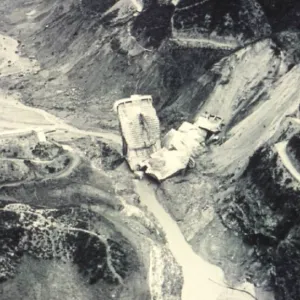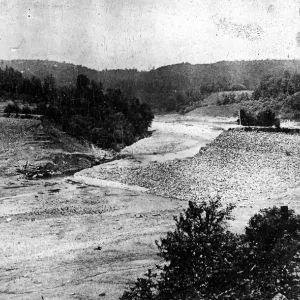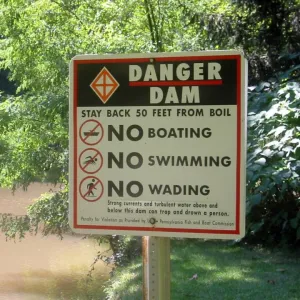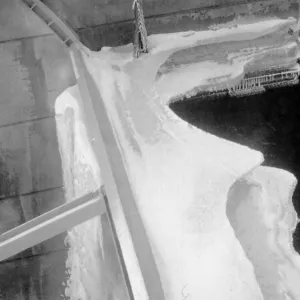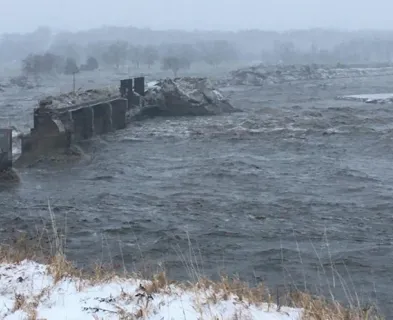Lessons Learned
Concrete-lined spillways are vulnerable to significant damage and potential reservoir breach if flows are not safely contained within the conveyance structure.
Dam failure sites offer an important opportunity for education and memorialization.
Dam incidents and failures can fundamentally be attributed to human factors.
Dam owners, engineers and regulators need to address public safety at dams.
Search Criteria
